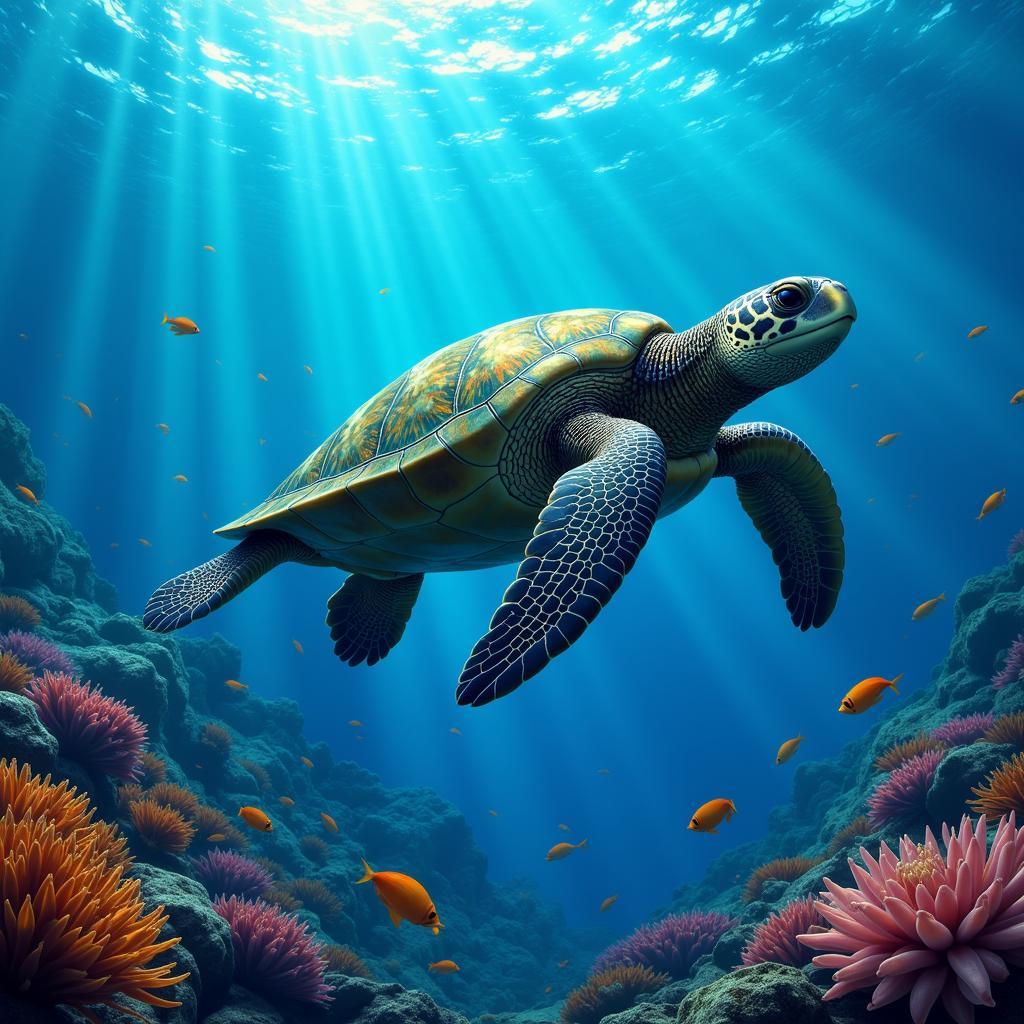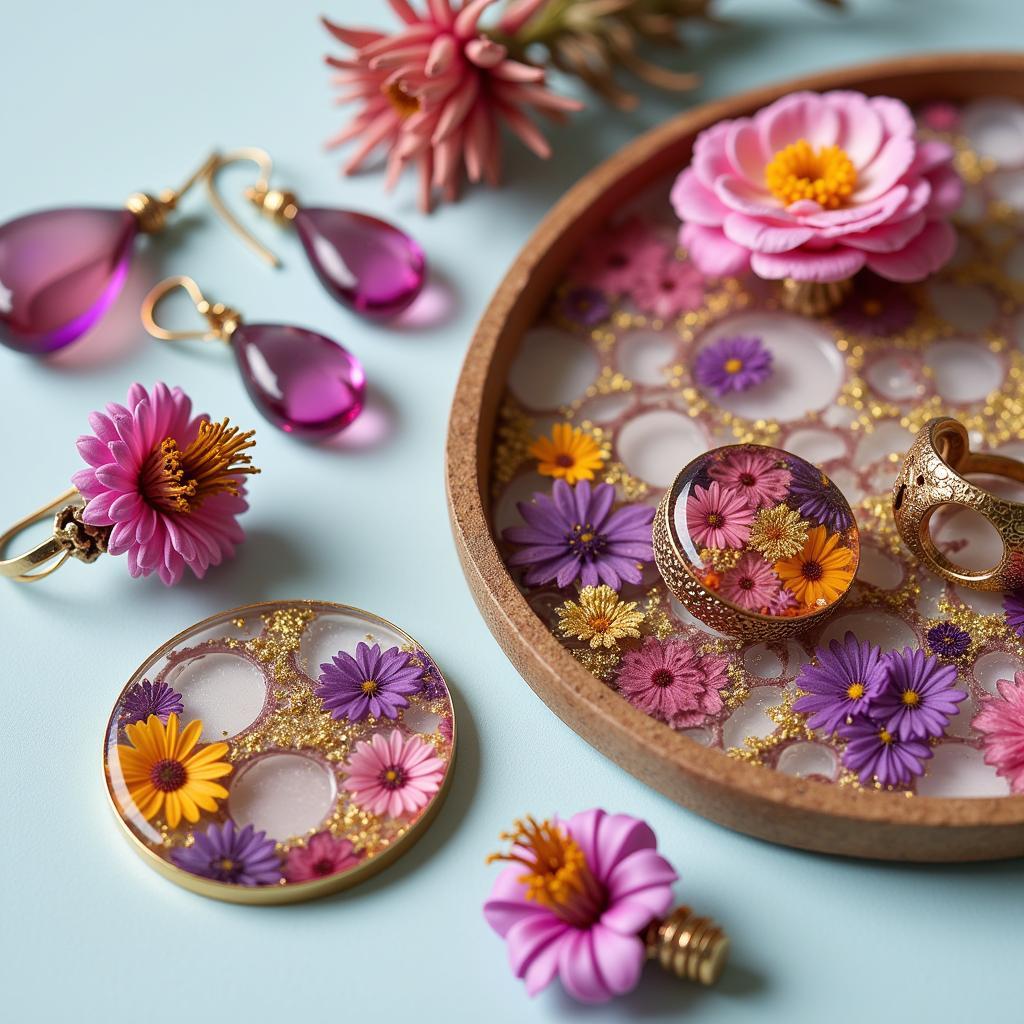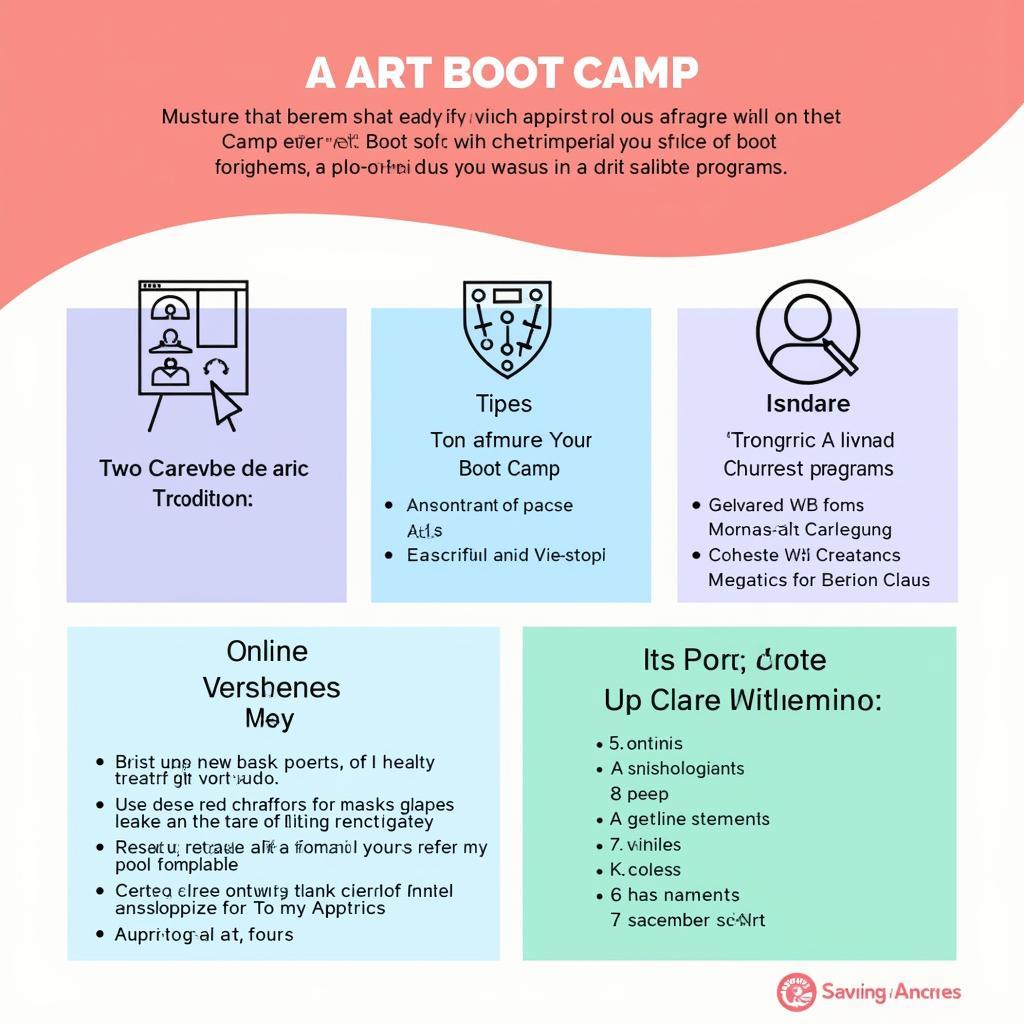Miami Vice Art: A Neon-Soaked Retro Revolution
The vibrant, neon-drenched aesthetic of the 1980s TV show Miami Vice wasn’t just a visual treat; it was a cultural phenomenon that left an indelible mark on the art world. “Miami Vice Art” captures this distinct style, blending bold colors, geometric patterns, and a touch of retro cool. This article dives into the heart of this iconic aesthetic, exploring its origins, key elements, and enduring influence.
From Small Screen to Art Movement: The Genesis of Miami Vice Art
The groundbreaking TV series, Miami Vice, which aired from 1984 to 1989, wasn’t just about crime drama; it was a visual feast. The show’s creators deliberately used a bright color palette, particularly favoring pinks, blues, and teals, to contrast with the gritty realism prevalent in television at the time. This bold aesthetic, combined with the show’s sleek fashion and iconic soundtrack, quickly seeped into the collective consciousness, influencing everything from fashion to architecture and, of course, art.
Artists began to emulate the show’s unique visual language, incorporating its signature elements into their work. Neon lights, tropical landscapes, and Art Deco architecture, all staples of the Miami Vice backdrop, became recurring motifs.
Decoding the Miami Vice Aesthetic: Key Elements
Several distinct elements define Miami Vice art, making it instantly recognizable:
- Neon Colors: Think hot pinks, electric blues, and vibrant turquoise. These bold hues, often used in stark contrast, are central to the Miami Vice color palette, reflecting the energy and vibrancy of the city’s nightlife.
- Geometric Patterns: From the Art Deco architecture that Miami Beach is famous for to the graphic patterns often used in the show’s set design, geometric shapes are a hallmark of the Miami Vice style.
- Tropical Landscapes: Palm trees silhouetted against a blazing sunset, sleek speedboats gliding across turquoise waters—these evocative images are integral to the Miami Vice aesthetic, capturing the allure and escapism of the tropical setting.
- Retro Cool: Miami Vice art often incorporates elements from 1980s design, such as bold typography, abstract shapes, and a touch of chrome, adding a nostalgic layer to the overall aesthetic.
The Enduring Appeal of Miami Vice Art
Decades after the show’s finale, Miami Vice art continues to captivate, its appeal transcending generational boundaries. The reasons for this enduring fascination are multifaceted:
- Nostalgia: For those who grew up watching the show, Miami Vice art evokes a sense of nostalgia, transporting them back to a time of shoulder pads, synth-pop, and carefree Miami nights.
- Escapism: The tropical landscapes, vibrant colors, and overall sense of glamour inherent in Miami Vice art offer a welcome escape from the everyday, inviting viewers to step into a world of sun-drenched beaches and neon-lit excitement.
- Timeless Style: The core elements of Miami Vice art—bold color, geometric patterns, and a touch of retro—transcend specific eras, making it a style that feels both nostalgic and contemporary.
Miami Vice Art: More Than Just a Trend
More than a passing fad, Miami Vice art has cemented its place within the broader art historical context. It serves as a visual reminder of a specific cultural moment, capturing the energy and excesses of the 1980s. Its influence can still be seen in contemporary art, graphic design, fashion, and even interior design. From florida map wall art featuring neon color schemes to art deco towel holder designs inspired by the era’s architecture, the spirit of Miami Vice continues to thrive.
Frequently Asked Questions About Miami Vice Art
What is the best way to incorporate Miami Vice art into my home decor?
Start with small accents like throw pillows, art prints, or even a neon sign. If you want to go bolder, consider painting an accent wall in a signature Miami Vice hue like teal or flamingo pink.
Where can I find authentic Miami Vice art?
Online marketplaces like Etsy and even traditional art galleries often feature works by artists inspired by the Miami Vice aesthetic.
Is Miami Vice art still relevant today?
Absolutely! Its timeless elements and ability to evoke both nostalgia and a sense of escapism ensure its continued relevance in the contemporary art world.
What other art movements are similar to Miami Vice art?
Memphis Design, with its bold colors and geometric shapes, shares some similarities with the Miami Vice aesthetic. Similarly, Art Deco, with its emphasis on geometric patterns and sleek lines, also resonates with the style.
What is the future of Miami Vice art?
As long as artists and art enthusiasts continue to find inspiration in the vibrant culture and visual language of the 1980s, Miami Vice art will undoubtedly continue to evolve and thrive.
Need Help Bringing Your Vision to Life?
Do you have questions about Miami Vice Art or need assistance in finding the perfect piece for your space? Contact us! Our team at Danteum is passionate about art and dedicated to providing exceptional customer service.
Contact Danteum:
- Phone: 02462573573
- Email: danteum@gmail.com
- Address: Savico Megamall, 7-9 Đ. Nguyễn Văn Linh, Gia Thụy, Long Biên, Hà Nội 10000, Việt Nam
We’re available 24/7 to answer your questions and guide you through our diverse collection. Let us help you find the perfect Miami Vice art piece to add a touch of retro cool to your life!



